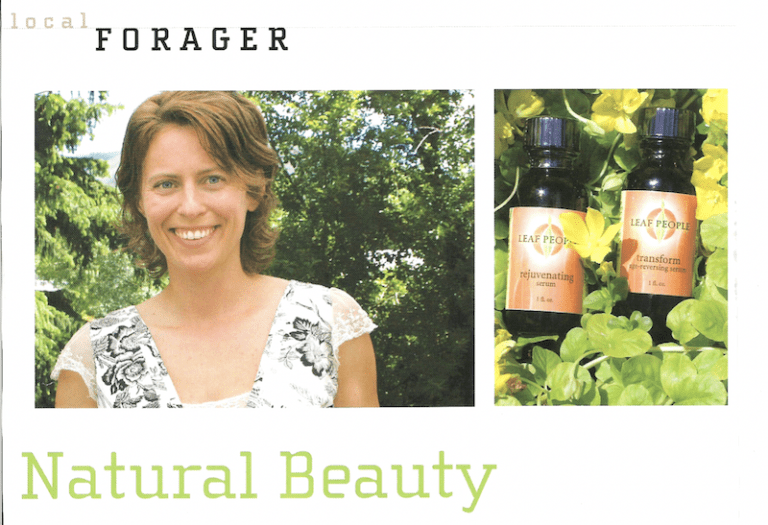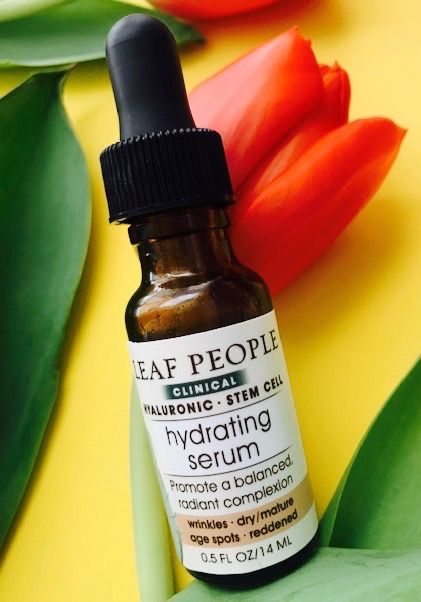How to Choose A Skin Care Company
It’s incredibly difficult and overwhelming to pick between natural skincare options, as the industry has blown up in the past five to ten years. When things come in such beautiful packaging covered in buzzwords, it’s difficult to know what’s what. With the onslaught of holiday advertising coming toward us, we’re leaning heavily on ways to stay grounded during these moments of hyper-consumerism. This process of weeding through options also helps us to stay aware of what’s important to us. Below, we’ve assembled the Top 5 Do’s and Don’ts for discerning a good company:
DO:
- Look at the Top 7 ingredients. In the first seven ingredients, if you’re seeing a lot of alcohols (any type of alcohol); cheap oils (sunflower, safflower, castor, soy, grapeseed, corn, or peanut); various waxes; glycerin; silicone; other synthetics–these are all less expensive and less active filler ingredients, which indicate that the price of the product should be lower.
- Look for high-quality ingredients. In the Top 7 ingredients, look for high-quality oils like rosehip seed, red raspberry seed, evening primrose, argon, baobab, marula; high-quality plant extracts (look for the word extract); hydrosols (these are water extractions from plants that are imbued with the healing properties of that plant); essential oils; nutrients and antioxidants.
- Know your company. Try and find products you can actually trace back to a human being. Align yourself with someone who seems to walk the talk. Verify that in their story they have the credentials to be doing what they’re doing. Maybe you align with the brand’s ethos–like they donate to a charity you like or are aligned with a cause you feel passionate about. Decide whether you want to buy from a bigger corporation (where you might not be able to see transparency in their process or the individuals who are crafting it) vs smaller companies with greater transparency.
- Look at how ingredients are grown. Consider whether the brand is using certified organic vs. not certified organic ingredients. As with all things grown, there’s a vast spectrum of quality that’s worth paying attention to when selecting herbal skincare brands. This includes whether they’re using plants that are certified organic, pesticide/herbicide free, grown in good soil quality, good air quality, areas that are known for clean farming practices etc. These will all affect the product’s outcome, potency and capacity to impact the skin. It’s helpful to know your manufacturer (and have a transparent manufacturer), try to buy locally and find products that are integrating plants from your local area. That which grows around you typically holds the ability to heal you.
- Know your maker. Consider whether the maker’s story actually fits what they’re doing. I.e. Are they actually formally trained to make skincare or to give advice on skin? Personally, we would give more weight to an esthetician or herbalist over someone who’s background is in marketing or another unrelated field, even though these are often the individuals running mass-market skincare companies. Even if a natural product is formulated by a doctor, traditional western doctors aren’t usually trained in herbal medicine.
DON’T
- Unnecessarily overpay. By and large, natural skincare is overpriced. There are some exotic ingredients that warrant a higher price (like rose, seabuckthorn, frankincense, neroli, sandalwood), but most brands use primarily common ingredients. If the brand is using things that are commonly available like chamomile, calendula, or some of the cheap filler oils we discussed before, then the cost of manufacturing probably isn’t as high, so the product shouldn’t be either.
- Be wooed by exotic ingredients. Botanical medicine should be by and for the people. There are common plants that grow around you and that can be really high quality and have a deep impact. Even if they’re from different medicinal traditions, they don’t necessarily have to be sourced from abroad. Our reishi and ginseng, for example, are all US grown.
- Give your money to marketing. Common brands that you see everywhere rely heavily on paid marketing, so it’s safe to assume that a fair amount of what you’re paying for in that product is going to marketing (this includes PR, social media and website promotion & content management). Take note of how elaborate the packaging is. Elaborate packaging costs money, which means more of your money is going towards that than the product itself. Natural skincare is a highly trendy market, so just because something’s marketed like it’s a good thing, doesn’t mean it’s a good thing.
- Buy products in clear packaging. Light degrades the potency of botanical ingredients. Better companies will have their formulas in amber and violet vessels.
- Overlook great, lesser expensive skincare options. If you want to get high-quality skincare for less, some effective inexpensive plants to look for in the ingredient list are calendula, red clover, aloe vera, shea butter, horsetail, burdock root, and marshmallow. These should cost much less but still have a profound effect on the skin.
The next time you’re at your natural grocery store, take a peek in the skin care aisle and see which brands you recognize or are sourced near you. Look at the first seven ingredients and how many of them are actual plants. You’ll know they’re a plant because it will be a Latin name with the English name in parentheses (i.e. Arcticum lappa (burdock) root). Please let us know what you discover!














